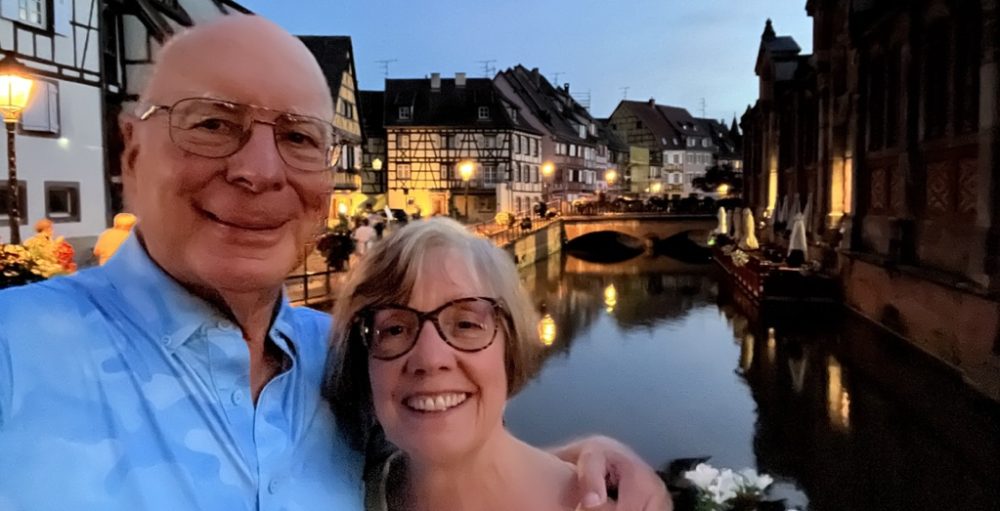I have been watching LinkedIn steadily gain traction, wanting to make sure that I could accurately advise our Clients and friends about whether and how they should use LinkedIn. Patricia Romboletti (a fellow CEO Netweaver who goes all over the country doing LinkedIn seminars and is also in the Executive Search field) recently shared a very unique perspective on how and why she uses LinkedIn, providing a way to more easily implement our Pay-It-Forward philosophy.
Pat, like many of us, has a healthy network. The challenge is how to stay in touch with them in a way they value. So once a week Pat spends just a few minutes looking through her LinkedIn connections to find opportunities to connect her network with each other. Perhaps it is following up on an announcement that someone has a new position, and offering a potentially helpful new connection for them. The search powers of LinkedIn are pretty amazing — and make the task easy. As part of the process she naturally looks at the profiles of those who pop up, which refreshes her awareness of what they are doing and how she can help them.
Once she has found opportunities to connect people with each other she does not use Inmail. She calls them, or sends them a regular email. You might wonder how she has all of their phone numbers. Sometimes she doesn’t, but LinkedIn usually has their company and the company has a switchboard as the starting point. When the only purpose of the call is to help the person they always appreciate it — and it frequently leads to “we should get together to catch up” coming from the recipient.
Pat also had a great answer to the “which connections do I accept” question. Imagine yourself at a cocktail party or business function. You meet ten new people, some of whom automatically exchange cards. Do you keep all of those cards, and do something with them? You may follow-up with one or two, and put a few more in a box only to forget why you even have them. If someone invites Pat to connect that she does not recognize but finds of interest she calls them (using the switchboard approach). The initial conversation might be something like “I am honored by your interest, and wanted to learn more about you”. Then you either know more about them and make them one of your “investment” connections, or you ignore their request to connect just as you would ignore their card.
One other valuable tip was make your Summary in your profile a story, not a resume. People go to LinkedIn to learn more about you. An interesting story which reveals insights about you is more likely to get read, and to be remembered.
You can learn more about Pat and her work at www.sageexecutivesearch.com
– Jim Deupree
